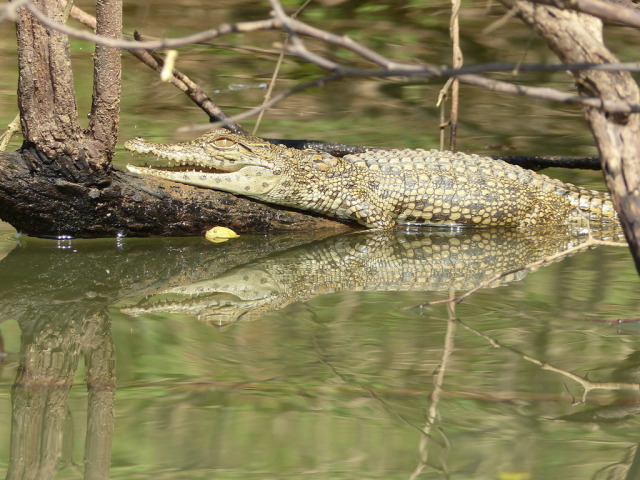Speaking of crocodile mummies: The “sacred crocodile” is a recently-described cryptic species from remote desert oases in the Sahara; this was apparently the crocodile species venerated in Sobek-worship ceremonies in Ancient Egypt, and DNA from crocodile mummies helped reveal the species. They’re smaller and much friendlier than Nile crocodiles.
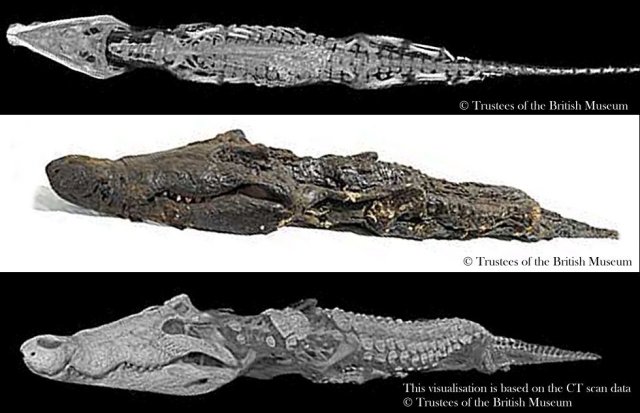
This is a mummified crocodile from Egypt, about 2,500 years old, now at the British Museum. The museum put scans of the crocodile on display in 2015-2016. The species is probably the “sacred crocodile.”
And here’s a living sacred crocodile.
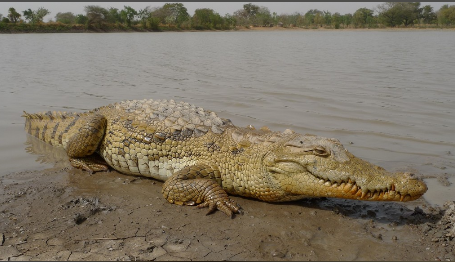
They’re (relatively) friendly, respected by some modern West African people, and docile enough to have been housed by Ancient Egyptians.
An excerpt:
There was anecdotal evidence about the weird behaviour of this crocodile. Many people, from Herodotus to current researchers, have described a sort of Nile crocodile that behaved differently. From my reading of the earlier literature about the exploration of the Nile, there were some suggestions of a smaller crocodile hanging out in the estuaries while the large, aggressive ones that everyone was afraid of lived in the middle of the Nile. Matt Shirley and I have thought about analysing the fine-scale ecological differences between the two to see if you could tap into how they could have overlapped in the Nile for so long before the recent period. Did they use different habitats or have different prey?
Tara Shine found these crocs living in caves in Mauritania that initially appeared to be sluggish because they were hanging out at the hottest time of the year. But people could feed them and come up to them and they weren’t aggressive at all. And some of the local populations apparently consider these crocs sacred. She took some samples and we now know that these are C.suchus.
Were the Egyptians aware of the differences between the two species?
Herodotus wrote that the ancient Egyptians recognised one crocodile that was larger and aggressive and another that was tamer and considered sacred, which they raised in temples. That’s part of what Geoffrey St Hilaire used in his description of the species.
(End of excerpt.)
Y’all like Sobek, the Egyptian crocodile deity, right? It had always been assumed by Western scientists that the crocodile living in Egypt and in oases in the Sahara were Nile crocodiles (Crocodylus niloticus). But it turns out that a smaller, more docile, cryptic species was hiding in plain sight. This crocodile has since been recognized as a distinct species - Crocodylus suchus. Its common name is sometimes given as “West African crocodile” and sometimes given as “sacred crocodile” - an allusion to its heightened status in Ancient Egypt.
Here’s ya boy, Sobek (from the mortuary temple of Amenemhet III at Kom Ombo).
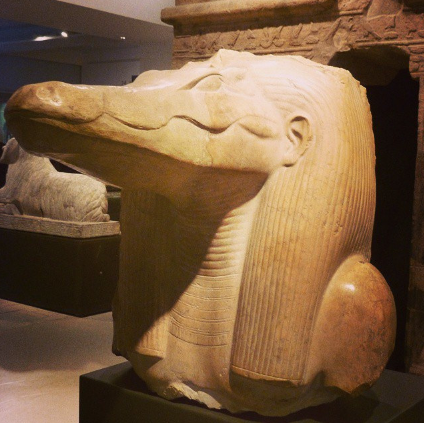
And here’s a living sacred crocodile.
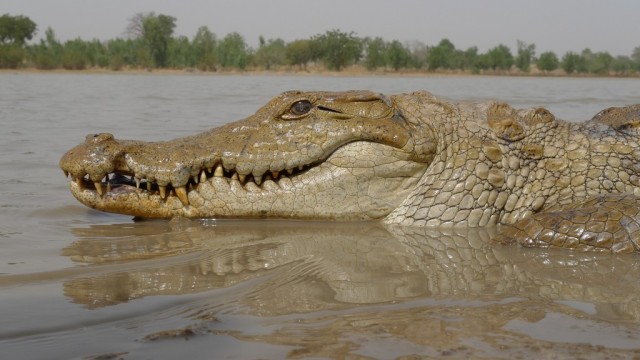
How was it determined to be a different species than the Nile crocodile?
An excerpt:
In Chad, Klemens had stumbled across six crocodiles in a small oasis and, at his guide’s recommendation, jumped in with them. Puzzled by their docile behaviour, Klemens took tissue from a dead one. (…)
The iconic Nile crocodile actually comprises two different species — and they are only distantly related. The large east African Nile crocodile (Crocodylus niloticus) is in fact more closely related to four species of Caribbean crocodile than to its small west African neighbour, which has been named (Crocodylus suchus).
Evon Hekkala of Fordham University in New York and her colleagues revealed evidence for the existence of the second species by sequencing the genes of 123 living Nile crocodiles and 57 museum specimens, including several 2,000-year-old crocodile mummies.
“It wasn’t even remotely related to the Nile crocodile samples I had been working on.”
Hekkala’s group collected as many Nile crocodile samples as they could find, including several from ancient mummified animals. All of the mummies were of C. suchus, indicating that the ancient Egyptians had recognized the differences between the two reptiles. Indeed, the ancient Greek historian Herodotus wrote that the Egyptians selectively used a smaller, tamer crocodile in ceremonies and regarded it as sacred.
(End of excerpt.)
The preserved DNA in mummified crocodiles from Ancient Egyptian sites helped taxonomists to determine that crocodiles used in Egyptian ceremony were distinctly different from the Nile crocodiles of East Africa.
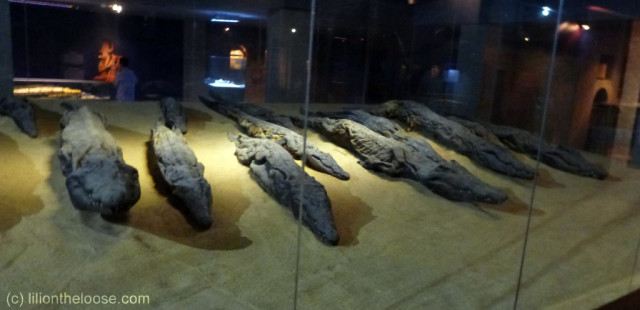
These are crocodile mummies, prepared by Ancient Egyptians, on display at the museum at the Kom Ombo temple.
How do they occupy the desert?
During the early Holocene, the Sahara was much wetter, with some broad lakes and swamps occurring throughout the huge desert region. Over the past several thousand years, as these swamps disappeared, underground waterways continued to feed some oases. This resulted in the isolation of small pockets of some freshwater animals. There are genetic lineages of pygmy hippopotamus and desert crocodiles that have persisted in remote oases in the desert.
Outside of the Sahara, the sacred crocodile appears to be present across West Africa. Here’s a comparison between the distribution of the sacred crocodile and Nile crocodile.
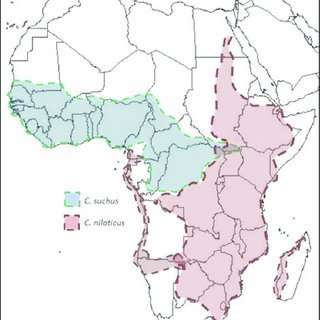
Here’s where the sacred crocodile lives in the Sahara at present, including known sites that they used to inhabit over the past couple thousand years when the Sahara was much wetter. Though the crocodile used to live throughout the Sahara, notice that the crocodile is now mostly limited to Mauritania, though it’s possible that the Tibesti of Chad still hosts some crocodiles. They certainly used to be present in Egypt near Thebes and the Nile Delta.
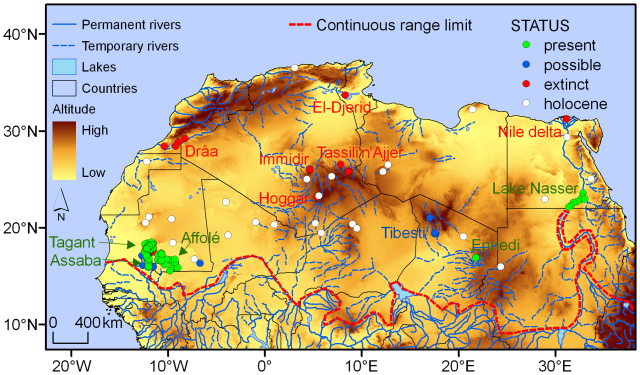
Here are some examples of the desert oases where the crocodile persists.
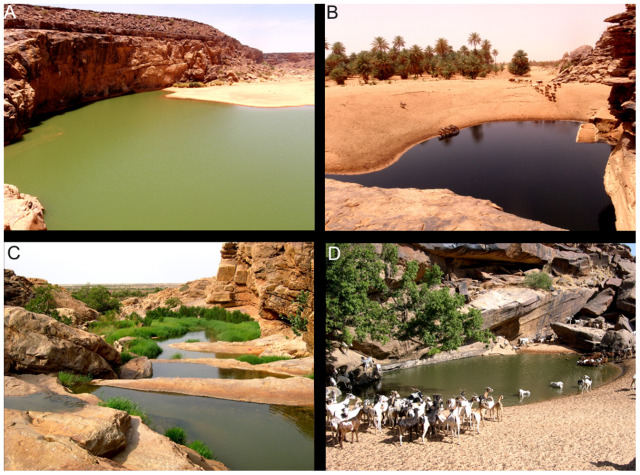
Look at these little crocodiles and their desert oasis cave habitat!
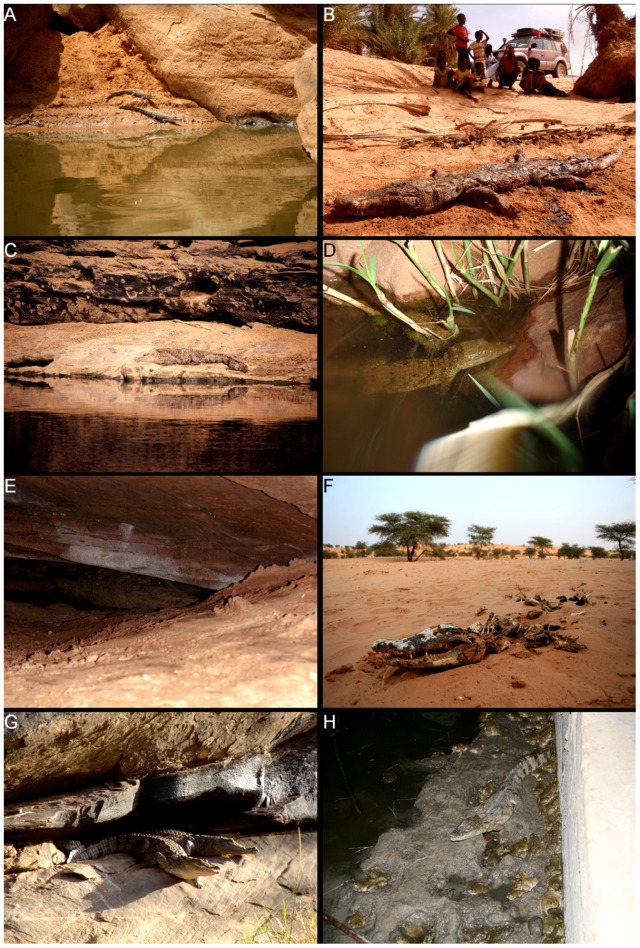
-
